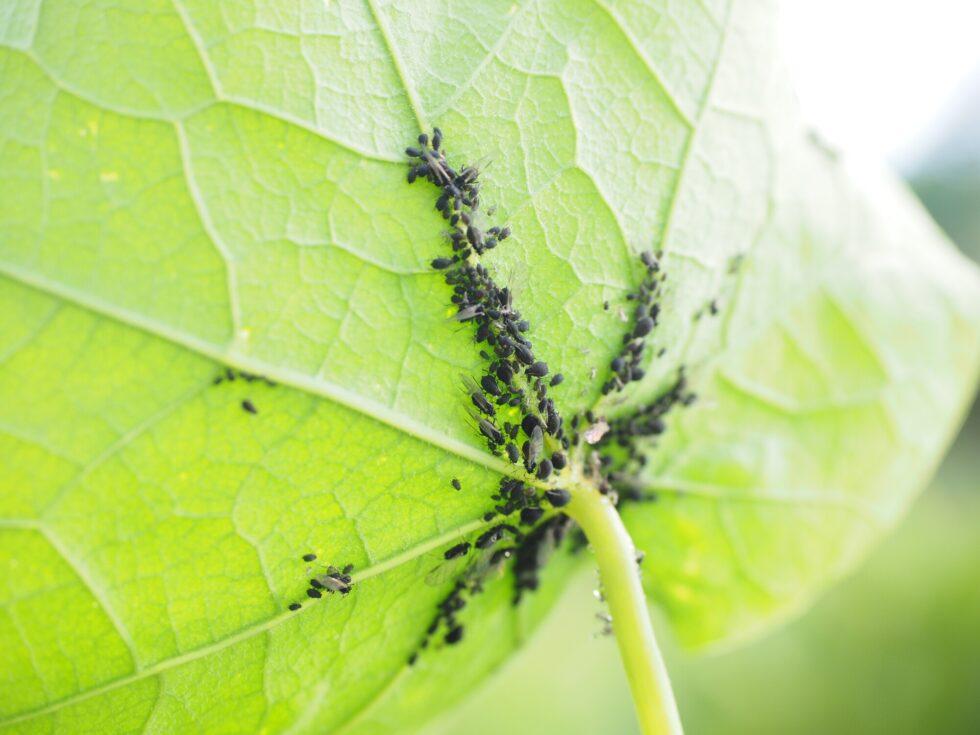An invasive pest, the Hemlock Wooly Adelgid sucks and depletes nutrients from hemlock trees. If left untreated, hemlock trees could be dead within four years.
Almost a quarter of all land that could have infestations with hemlock wooly adelgid has an ongoing problem. It is a major pest, and it could affect you at any time. Do you know how to deal with it, or even how to recognize the signs of an infestation?
This article will explain what these creatures are, what makes them so dangerous, and how to deal with them. By the end, you should be able to handle an outbreak of these creatures in your garden.
Read on to find out more about this voracious insect.
What Are Hemlock Wooly Adelgids?
The hemlock woolly adelgid (HWA) is an invasive pest that first appeared in Asia and spread to the United States in 1951. It is aphid-like in many ways but acts differently from the more well-known bug. Instead of aphids’ attacking all plants in all locations, the HWA focuses on the base of the needles of the eastern hemlock plant.
While the insect is very focused, this also means that the tree often falls prey to a focused invasion by these insects.
Where Is the Hemlock Wooly Adelgid Found?
You can find the HWA on hemlock plants all across the eastern coast of the USA. It exists in Southern Maryland, Maine, and Georgia. This spread has even reached parts of Michigan recently.
Eastern hemlock trees are particularly susceptible as they are the main food source for these creatures.
Signs of Hemlock Wooly Adelgids
One of the fastest signs to appear is if your hemlock plants have a white, cotton-like mass that grows at the base of their needles. This also appears on the plant’s twigs, especially in the lower limbs of any hemlock trees.
Over time, further symptoms can start to appear. These include thinning foliage, and if left long enough, branches that start to die off. These dying limbs start at the base of the tree and move upwards, causing death in the whole plant within three years.
How to Treat Hemlock Wooly Adelgids
There are many ways to treat an infestation in your plants. The most direct is through injecting the affected tree(s) with insecticides. These will prevent the HWAs from surviving on the plant for very long, reducing the need to spray the foliage.
Other options include the use of a fungus as a biological attack against the HWAs. The University of Vermont developed this “fungal attack” ten years ago. Since then it has proven to reduce the growth of the insects, succeeding at preventing up to half of the creatures from spreading.
Hiring a Professional
You should now have a much better understanding of how to deal with this invasive species and remove it from your plants. If you still have questions or concerns, though, we would be more than happy to assist you in getting started with the process. Our specialists are available to give advice or, if necessary, take over HWA eradication.
If you would like to discuss the hemlock wooly adelgid and how we can give you the help you need, get in contact. You only need to send us a message and we will reply as soon as we can.



